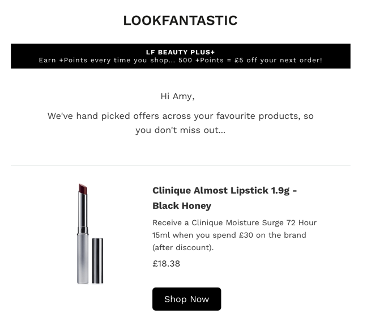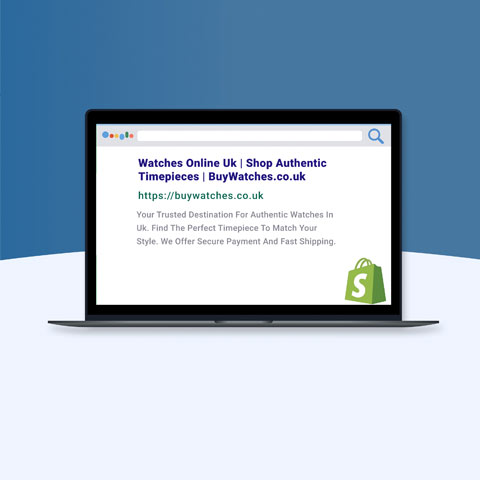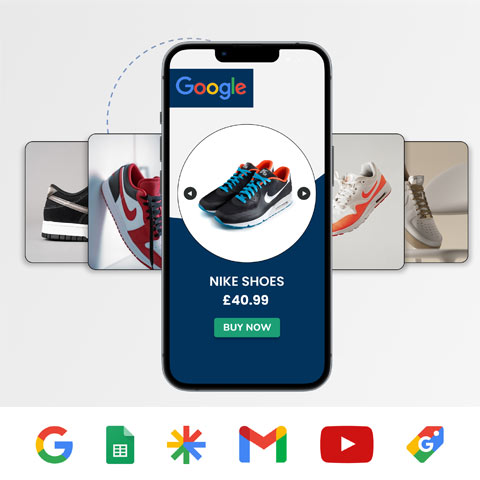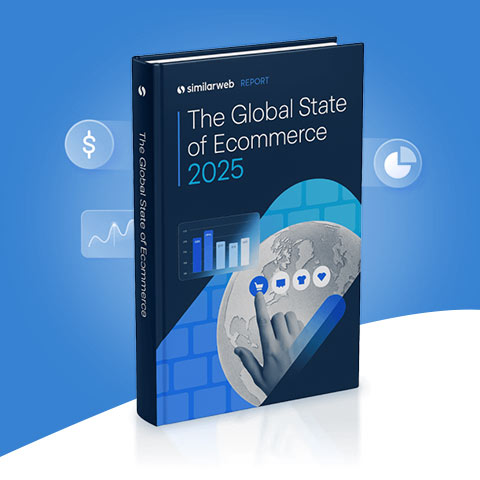Maximize Full-Price Sell-Through: Smart Data Strategies for Spring Fashion


Spring brings fresh trends – and fresh challenges. Short product cycles and rising acquisition costs mean fashion brands need to act fast. With AI and predictive analytics, you can optimize stock, personalize campaigns, and boost loyalty – driving full-price sell-through and reducing markdowns.
Spring is your seasonal golden hour - it comes with the chance to move away from your winter routines, get outside more and revamp your wardrobes. According to Refinery29, pantaloons, seriously bold florals, chartreuse and dainty white lace are trendy this season. Got them in your collection? Then it’s about time to get your marketing game sorted.
Why it matters: fashion is tough, and brands are quickly disappearing. Operating margins have dropped by 20% over the past 7 years, conversion rates are stuck at 2-3%, and you’re likely to sell only 50-60% of your stock at full-price. Which is a pretty rough deal. And while spring may offer fashion brands a sales boost, it also comes with unique challenges. Short product life cycles, rapid trend shifts and high customer acquisition costs often eat away at profitability. The answer: A smart, data-driven marketing campaign.
Spring fashion: challenges for marketing and full-price sell-through
On paper, spring seems perfect for launching collections. With the turn of the season, many consumers will be thinking about fresh new looks for the warmer weather ahead.
But product life cycles are painstakingly short. Social media platforms like TikTok mean trends come and go in the blink of an eye (ever think you’d see Y2K fashion making a comeback? Us neither). And it’s more expensive than ever to acquire new customers. Shopify estimates customer acquisition costs for retail to be €129 per customer, with fierce competition and the constant need for innovation and expensive marketing driving these costs.
Fashion brands need to move fast. They need to target the right people to increase customer lifetime value and take advantage of customer demand before the season changes. Unsold inventory can lead to heavy markdowns, reducing your profit margin and leaving you with excess stock.
Using AI and data for smarter spring fashion campaign
To stay ahead, fashion brands need:
- Accurate demand forecasting: predict what will sell and in what quantity.
- Real-time stock visibility: avoid oversupply and missed sales.
- Personalized campaigns that sell: Target the right audience with the right message to ensure a 1:1 experience.
That’s where AI-powered insights and cross-channel automation come into play. By using tools that leverage predictive analytics, intent signals, and behavioral data, you can make smarter, faster decisions across every touchpoint; from web to email to app.
Example
Stitch Fix is an online personal styling service in the United States. It uses algorithms and data science to recommend and personalize clothing items based on size, budget and style. Its advanced AI platform analyses a style quiz you take and your buying habits and sends you curated pieces that have been fine-tuned by a professional stylist. By offering the best of both worlds, and with a net worth of $437.91 million and an increase in market cap of 55.73% in one year, it demonstrates the power of AI.

Spring fashion campaigns with AI fizz
Here are some real-life examples and actionable takeaways from successful spring campaigns:
AI-powered onmichannel messaging

Delivering a consistent and personalized message across all channels builds trust, engages customers through multiple touchpoints and lets you promote timely collections and items. Think push notifications, website, email, social media, and in-store experiences. Nobody’s Child promotes its spring collections across several mediums, including its website, emails, and social media.

Unifying in-store and online experiences for better campaign execution
Many fashion retailers often miss huge opportunities with in-store shopping. Some collect more than half of their revenue in-store, but have no way to understand who is buying what.
AI-powered platforms and machine learning can help understand and integrate customer data from different channels (online, in-store, social media) to create a seamless shopping experience and build a 360-degree view of your customer behavior. AI can identify in-store purchases, tag transactions and payment methods and unify your in-store data with online data, like social media posts and ads. This gives you a comprehensive overview of how online ads lead to offline conversions or sales.
TIP: use QR codes and sign-up forms to capture in-store shopper preferences and follow up with previews and collection drops.

Image Source: Tabletpro
Personalization at scale for different audience segments
AI makes it easier to deliver highly tailored experiences to different customer segments. By using browsing history and past purchases, it can suggest products that match customer preferences and seasonal trends. Brands like ASOS and LOOKFANTASTIC have seen great results with the approach.

They both use AI to analyze buying history and browsing habits and provide targeted recommendations. The brands then use this information to send personalized notifications and emails, helping to increase customer engagement and an uplift in sales of products customers were already considering buying. This data also helps you to understand demand, helping to avoid overproduction, reduce markdowns and maintain higher profit margins.
TIP: engage different customer segments by sending personalized product recommendations like LOOKFANTASTIC.
Growing your fashion brand loyalty program
Loyalty programs are gaining popularity to connect with customers. 9 in 10 companies now offer some form of loyalty program to consistently target loyal customers with incentives. Fashion loyalty programs offer exclusive access to new launches, discounts and free delivery, and can be a way for brands to connect more with their customers.
Example
Spanish fashion retailer Mango has a successful membership program it calls ‘Mango likes you’. It has over 8 million active members across 25 highly profitable countries. According to Mango, the initiative is part of Mango’s commitment to increase its focus on the customer. Using data collected by its customer department, Mango has an omnichannel overview of its customers and uses it to design initiatives that improve the customers experience through hyper-personalization strategies for all points of contact.
TIP: introduce a loyalty program and let AI unearth what your customers value most. This could be early access to new collections, membership-only discounts, community initiatives and free delivery.
Optimizing stock and fulfillment
AI helps brands predict the right volume and size curves, ensuring that inventory aligns with customer demand. This minimizes stock fragmentation and reduces the need for discounts. With Mapp and Dressipi, you can improve your profitability with the help of precise demand forecasting and personalization tools to help reduce returns and maximize full-price sell-through rates.
Example
Look to Zara to understand how this works in real-time. The retail giant uses data from sales and customer feedback to respond quickly to trends and popular products. It also commits to only 50% of a season’s line, meaning its in-house designers can respond to the data immediately and fast-track them to stores while the trend is still popular.
Artificial intelligence can take this even further by analyzing not only current and previous years’ demand but also popular product features, like boat necklines and wide-legged jeans. With this high-quality product data, it’s easier than ever to predict which items will sell well.
TIP: use AI to better anticipate demand for certain products by analyzing customer preferences and purchasing patterns.
Real-time product recommendations
With so many brands to choose from, choice fatigue is real. Using real-time behavioral data, AI can adjust product recommendations instantly. Instead of offering endless pages of products, which can mean high bounce rates, AI recommendations streamline the process by presenting only relevant, personalized options to the visitor. This simplifies customer decision-making and helps them find exactly what they are looking for – without spending ages browsing and potentially churning. You can leverage AI to take advantage of cross-selling and upselling with related searches. If a customer is browsing spring dresses, it can suggest complementary accessories with a higher price point increasing basket size, revenue and the average order value.
TIP: use your data to suggest relevant recommendations based on previous item searches and purchases, like ASOS.
Best practices for a successful spring campaign
We’ve now seen all the ways AI, combined with rich customer data, can help make your spring fashion campaign a success. Let’s recap some best practices:
- Combine customer data and AI: use AI to analyze customer behavior and deliver personalized marketing messages.
- Engage loyalty program members: reward loyal customers with early access to spring collections and exclusive discounts.
- Reduce discounting with smart inventory management: predict demand accurately to avoid overstock and markdowns.
- Ensure seamless omnichannel experiences: make it easy for customers to shop and engage with your brand across all platforms.
Your fashion marketing campaign success
Spring collections offer a valuable opportunity for fashion brands to drive sales and build customer loyalty, but only if the right strategies are in place. Using AI, predictive analytics, and personalized marketing, brands can optimize their spring campaigns, increase full-price sell-through, and create a seamless customer experience.
Here’s what this could look like for you:
- Improved profitability with the help of precise demand forecasting and personalization tools that help reduce returns and maximize full-price sell-through rates.
- Unified omni-channel insights. With an AI-driven analytics solution, you get a holistic view of customer behavior across online and offline channels, enabling actionable insights to drive growth.
- Identified customer touchpoints. Using a cross-channel marketing automation engine gives brands the data they need to activate data-driven campaigns that reflect real-time customer preferences and deliver personalized experiences across email, SMS, web, and app.
Fashion is complex. It’s emotional, and heavily impacted by social media, market forces – and the weather. By using your own data, you can figure out the best ways to meet your customers where they are and improve profitability. We recommend you invest in tools leveraging AI and predictive analytics. Establish smarter demand forecasting, personalize marketing messages based on customer data and behavior. Deliver a consistent brand experience across all customer touchpoints. Engage lifetime customers with a loyalty program, and optimize inventory management to reduce markdowns and maximize profit.
Interested in finding out how data and AI can help your fashion brand succeed? Talk to Mapp today.
Want more like this?
Want more like this?
Insight delivered to your inbox
Keep up to date with our free email. Hand picked whitepapers and posts from our blog, as well as exclusive videos and webinar invitations keep our Users one step ahead.
By clicking 'SIGN UP', you agree to our Terms of Use and Privacy Policy


By clicking 'SIGN UP', you agree to our Terms of Use and Privacy Policy
Other content you may be interested in
Categories
Categories

Want more like this?


Want more like this?
Insight delivered to your inbox
Keep up to date with our free email. Hand picked whitepapers and posts from our blog, as well as exclusive videos and webinar invitations keep our Users one step ahead.
By clicking 'SIGN UP', you agree to our Terms of Use and Privacy Policy




![[Research] Apps: The Secret Engine of Ecommerce Growth [Research] Apps: The Secret Engine of Ecommerce Growth](https://images.bizibl.com/sites/default/files/apps-and-web-similarweb-480.jpg)




